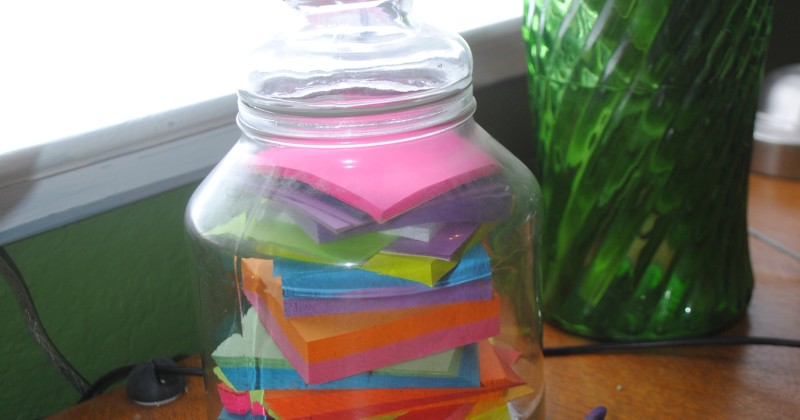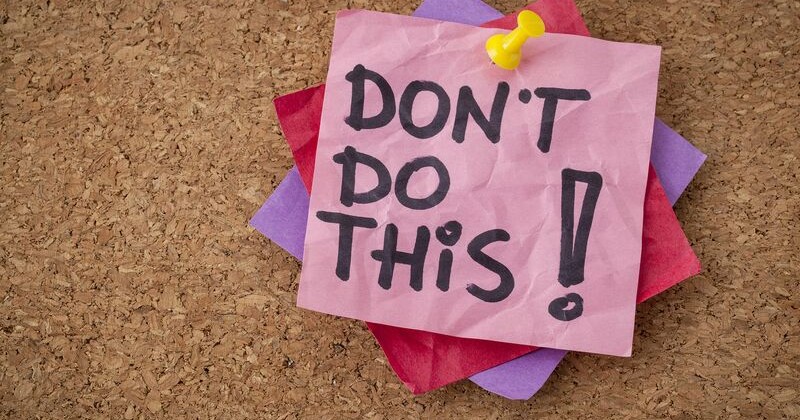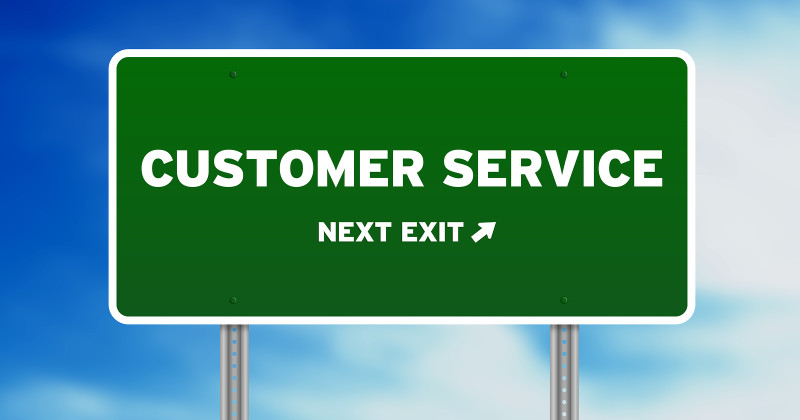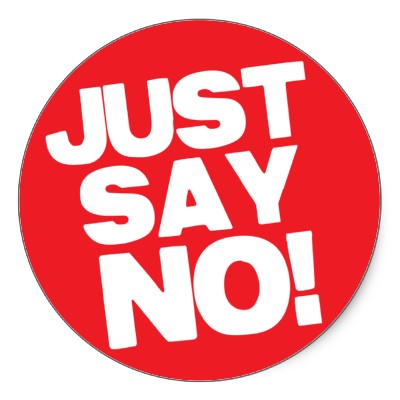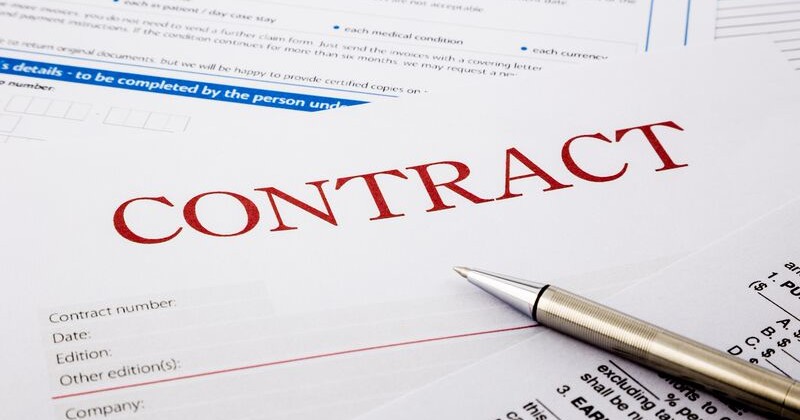This post is all about a system I use both for personal and business purposes. While it’s great to be prepared, many people overstock their homes which leads to clutter, and it’s time to resolve the problem with my simple system to fight overstock clutter.
You know how it is… you’re at the store when something catches your eye. It could be toothpaste, highlighters, ink cartridges, or tomatoes. And then you think, “I need that… don’t I?”
Before you know it, you’re unpacking at home and putting that new pack of highlighters… in the drawer with 70 other yellow highlighters.
It’s difficult to remember, at any given moment how much of everything you have and whether or not you need more. Which makes it hard to shop, store, and use up your stockpile… leading to clutter and reducing your productivity.
So I use this handy little system to track what I don’t need to buy that I can easily reference when I’m on the go.
Action Step: If you’re willing to play along, grab a post it and jot down 3-5 things you know you have enough of already (remember this can be a mix of business or personal).
You don’t need to list everything you own or even everything you have more than one of – just list the things you have an over abundance of in stock so it doesn’t get out of control. Yes, this can include personal stuff like scrapbook paper, throw pillows, phillips head screwdrivers, and cars.
By the by, ‘how much is enough’ is a difficult question. You might think that having 50 salt & pepper shakers is excessive. Unless you own a catering company. A box of pencils may be useless – unless you do a lot of homework with your kids.
When in doubt, put it on the list with a notation like such:
highlighters – 12 new June 2013
stamps – book of 100 June 2013
flower vases – 7 June 2013
Just put the number there for reference and then when you go back to the list in a few months you can see how many you’ve used. So if you have:
highlighters – 12 new Dec 2013
stamps – 4 Dec 2013
flower vases – 14 Dec 2013
Then you know that you can probably donate half of those highlighters, that it’s time to stock up on stamps (and you’re using 20 a month on average), and that you do not need more vases.
Action Step: Figure out where you’re going to store this list so it’s accessible.
I’m sure there’s an app for that, even a simple list one like Remember the Milk, but I like 2 ways, a low tech and a medium tech.
If you have a smart phone or tablet with you nearly at all times, then simply create this list in your personal email account and save it as a draft. You can edit it at any time and it’s always at your fingertips when you’re in the store asking “do I really need more printer ink?”
However, if you’re not on the smart phone bandwagon, then a simple notebook or list tucked in your wallet does the same. You can add your list to a notecard or small notebook and then update it as needed.
One of the most frustrating parts of being an adult is not bill paying or work or even household chores. I’ve heard it said that it’s the monotony of doing those same chores every single day, every single week. So while it would be nice to say “I never ever have to buy toilet paper or file folders again” the truth is your ‘do not buy list’ needs to be fluid.
Action Step: Go to your calendar right now and made a note every 2 months to check your do not buy list and update it.
I’ll even make this easy for you – June 1, August 1, October 1, December 1, February 1, April 1
Got it?
This is going to help you in a few ways:
1. You’ll spend less time wondering if you need something, shopping, storing your overstock and beating yourself up about buying things you don’t need. And instead of running out of items you’ll know when it’s time to restock which means less disruption in your day.
2. It’s an essential but often overlooked part of cloning yourself. Whether you get help at home or in the business, this is a very simple system to track personal inventory levels and ensure you don’t over/under buy.
*Photo credit: Kelly’s desk
